Germinating Coast Redwood
All Coast Redwood seeds require a simple stratification process to germinate. Don’t worry, it’s easy.
- Soak the Sequoia sempervirens seeds for 24 hours in warm water. (Not hot water).
- Possibly add some Superthrive – these are some plant vitamins and amino acids. It’s not required, however we like to give our Sequoia sempervirens seedlings the best start in life.
- Mix the seeds with some peat free compost or an inert medium like vermiculite.
- Add the seeds to a polythene bag or small tub that will fit nicely in your fridge. Loosely seal the bag – some air exchange needs to occur.
- Check every few days to confirm the seeds are still moist – keeping them moist during this time is vital.
- Chill the seeds for 4 weeks in the fridge. Don’t forget to set a reminder for yourself to remove them.
- Move the Sequoia sempervirens seeds to a warm windowsill or heated propagator. Keep the seeds moist during this time.
- Once the seeds start to germinate you should prick them out and pot them on as soon as possible.
Germination of Sequoia sempervirens can be erratic. For seeds that don’t germinate in about two months, move them back to the fridge and repeat the stratification process.
An alternative way to sow the seeds is to follow nature, simply so the Sequoia sempervirens seeds in a tray outside in a sheltered location after the last frost and let nature take it’s course.
Germinating Dawn Redwood
All Dawn Redwood seeds require a simple stratification process to germinate. Don’t worry, it’s easy.
- Soak the Metasequoia glyptostroboides seeds for 24 hours in warm water. (Not hot water).
- Possibly add some Superthrive – these are some plant vitamins and amino acids. It’s not required, however we like to give our Metasequoia glyptostroboides seedlings the best start in life.
- Mix the seeds with some peat free compost or an inert medium like vermiculite.
- Add the seeds to a polythene bag or small tub that will fit nicely in your fridge. Loosely seal the bag – some air exchange needs to occur.
- Check them every few days to confirm the seeds are still moist – keeping them moist during this time is vital.
- The next step is to chill the seeds for 6 weeks in the fridge. Don’t forget to set a reminder for yourself to remove them.
- Move the Metasequoia glyptostroboides seeds to a warm windowsill or heated propagator. Keep the seeds moist during this time.
- Once the seeds start to germinate you should prick them out and pot them on as soon as possible.
Germination of Metasequoia glyptostroboides can be erratic. For seeds that don’t germinate in about two months, move them back to the fridge and repeat the stratification process.
An alternative way to sow the seeds is to follow nature, simply so the Metasequoia glyptostroboides seeds in a tray outside in a sheltered location after the last frost and let nature take it’s course.
Germinating Giant Redwood
All Giant Redwood seeds require a simple stratification process to germinate. Don’t worry, it’s easy.
- Soak the Sequoiadendron giganteum seeds for 24 hours in warm water. (Not hot water).
- Possibly add some Superthrive – these are some plant vitamins and amino acids. It’s not required, however we like to give our Sequoiadendron giganteum seedlings the best start in life.
- Mix the seeds with some peat free compost or an inert medium like vermiculite.
- Add the seeds to a polythene bag or small tub that will fit nicely in your fridge. Loosely seal the bag – some air exchange needs to occur.
- Check the seeds every few days to confirm the seeds are still moist – keeping them moist during this time is vital.
- Next, chill the seeds for 6 weeks in the fridge. Don’t forget to set a reminder for yourself to remove them.
- Move the Sequoiadendron giganteum seeds to a warm windowsill or heated propagator. Keep the seeds moist during this time.
- Once the seeds start to germinate you should prick them out and pot them on as soon as possible.
Germination of Sequoiadendron giganteum can be erratic. For seeds that don’t germinate in about two months, move them back to the fridge and repeat the stratification process.
An alternative way to sow the seeds is to follow nature, simply so the Sequoiadendron giganteum seeds in a tray outside in a sheltered location after the last frost and let nature take it’s course.

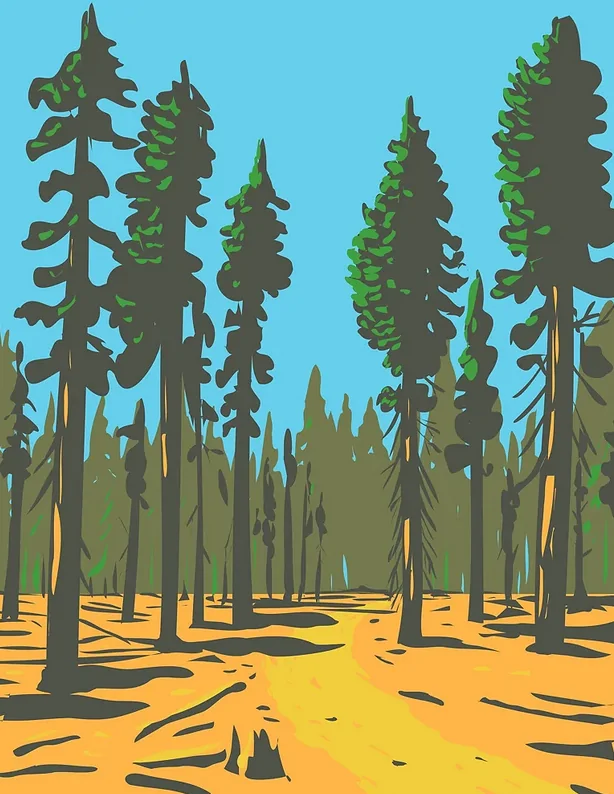
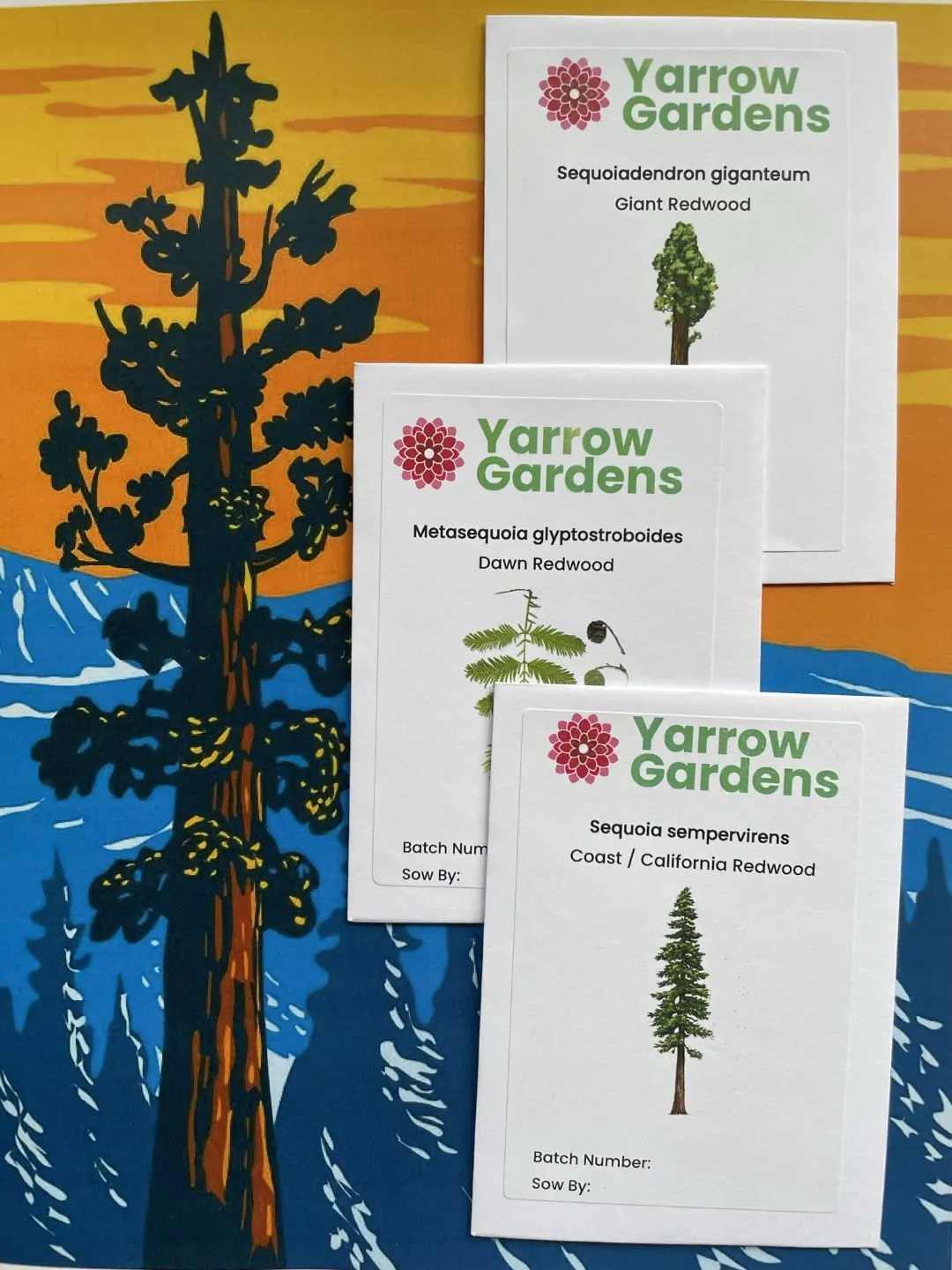
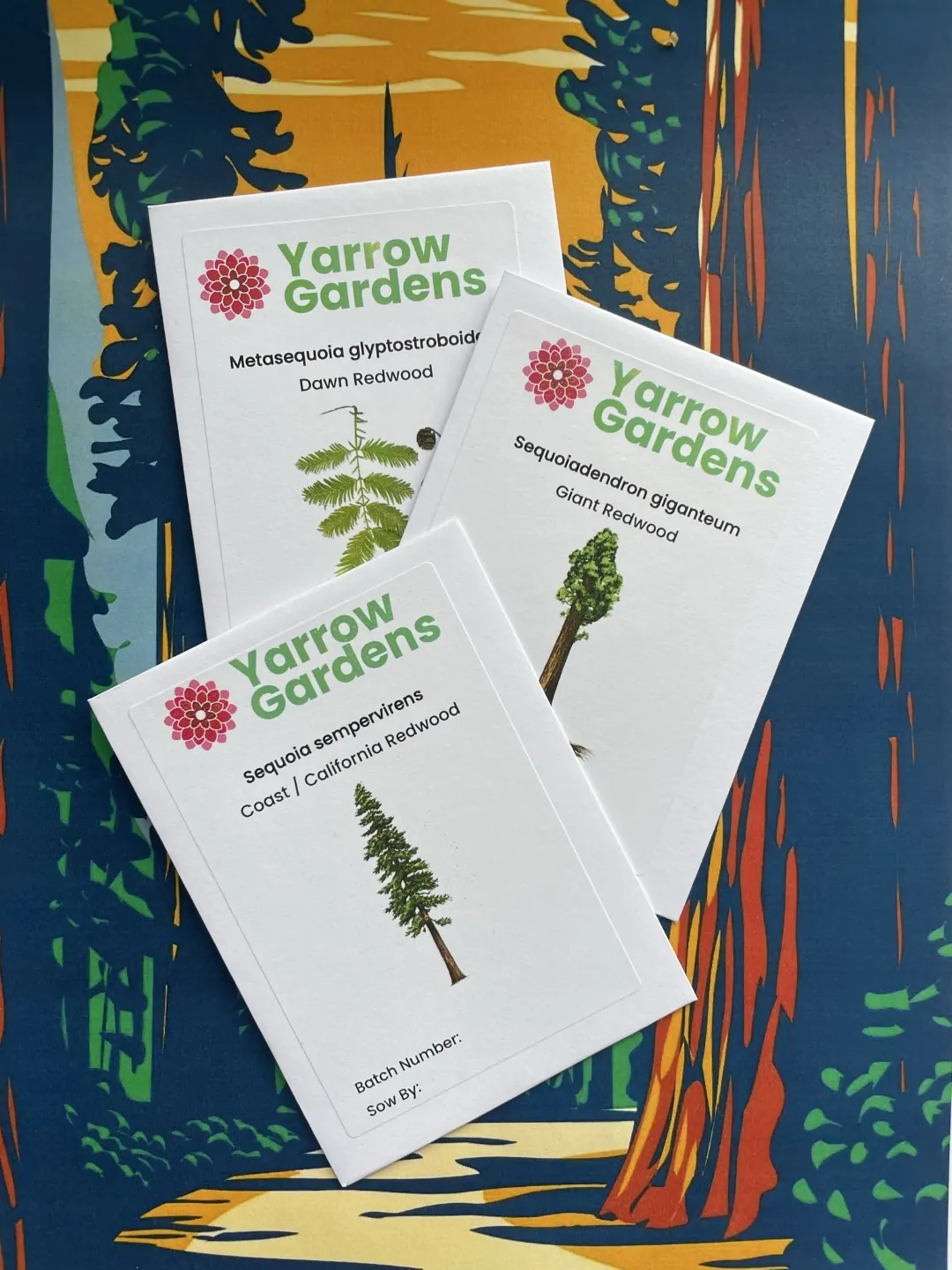
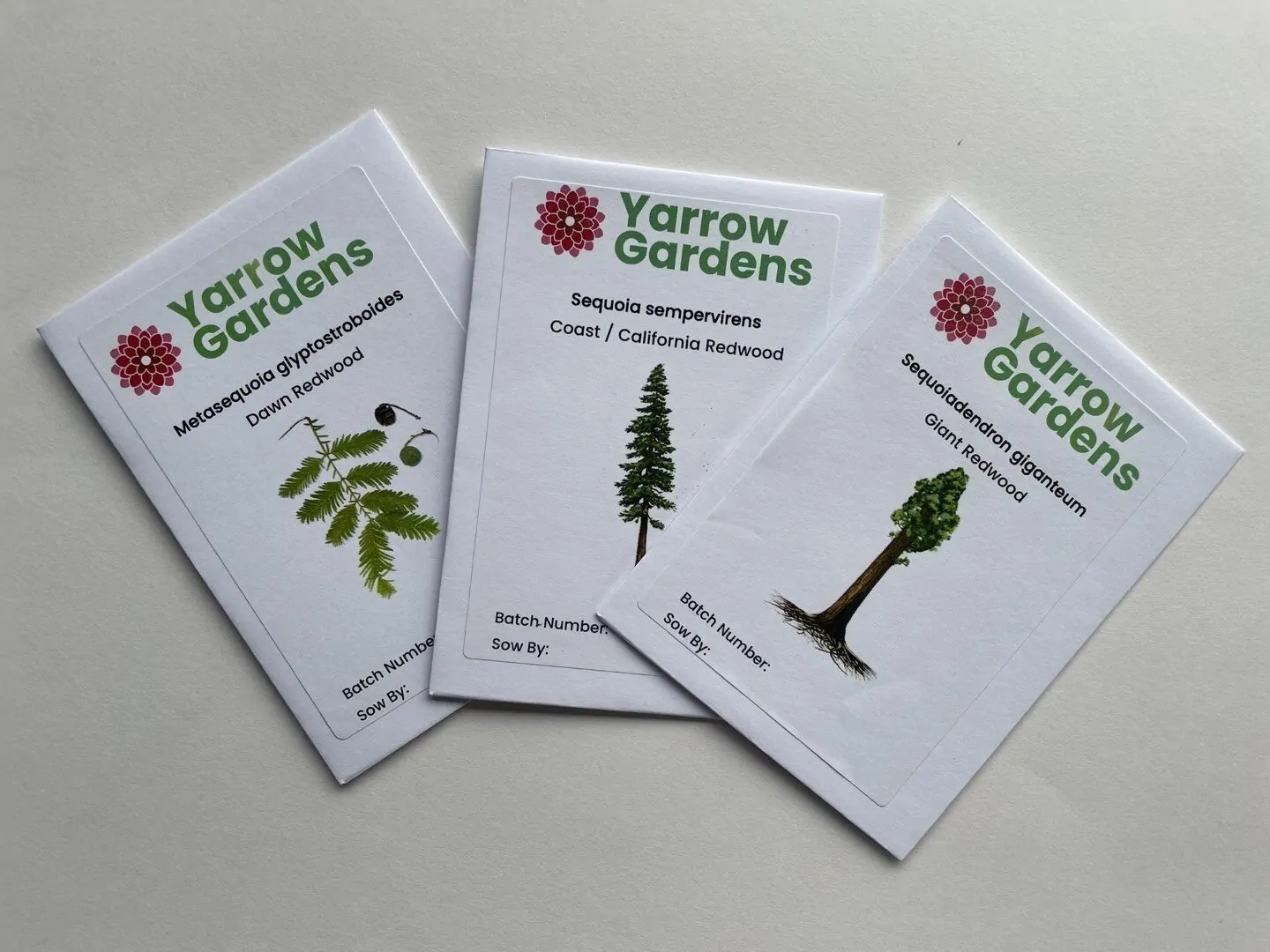
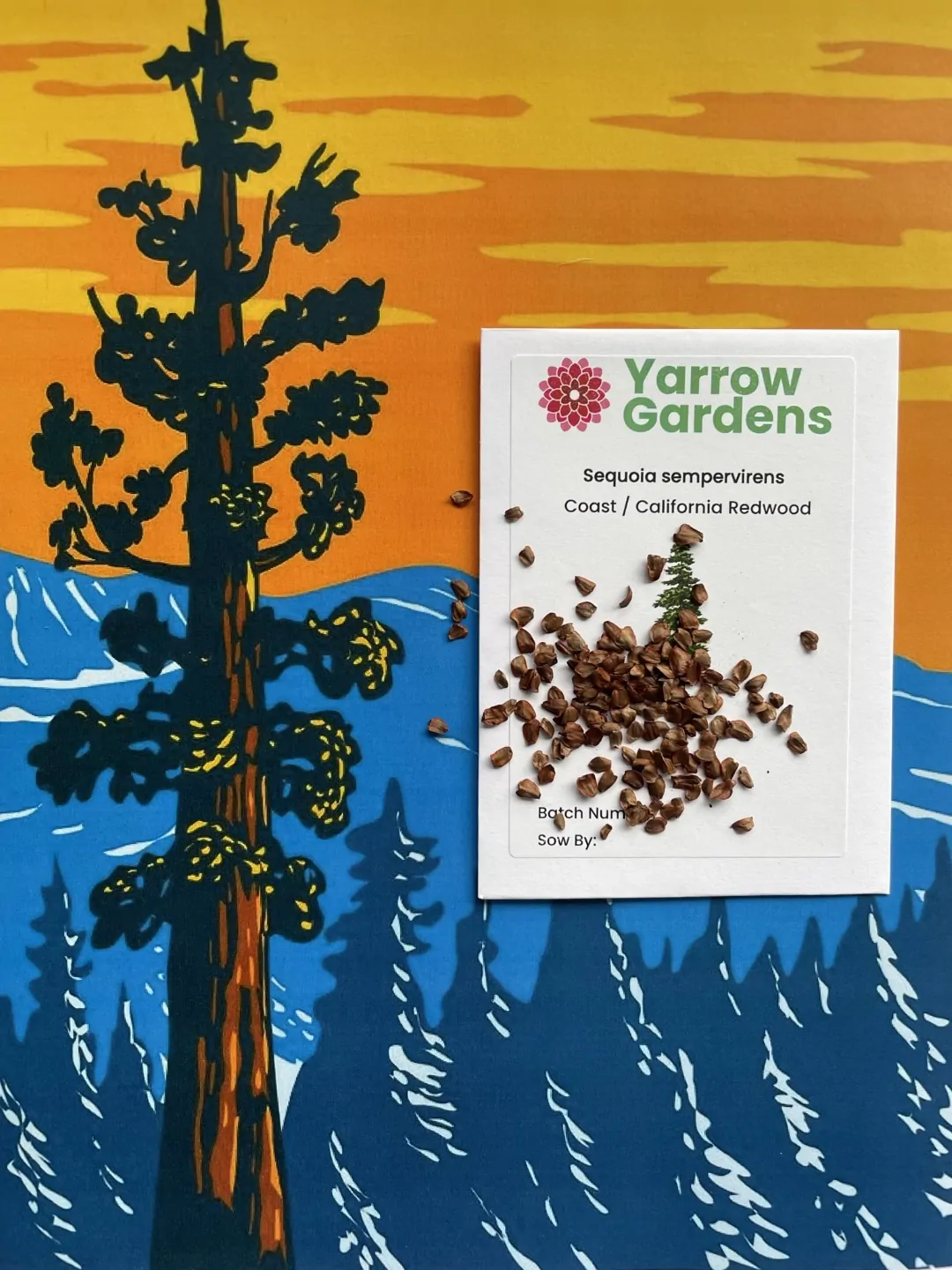
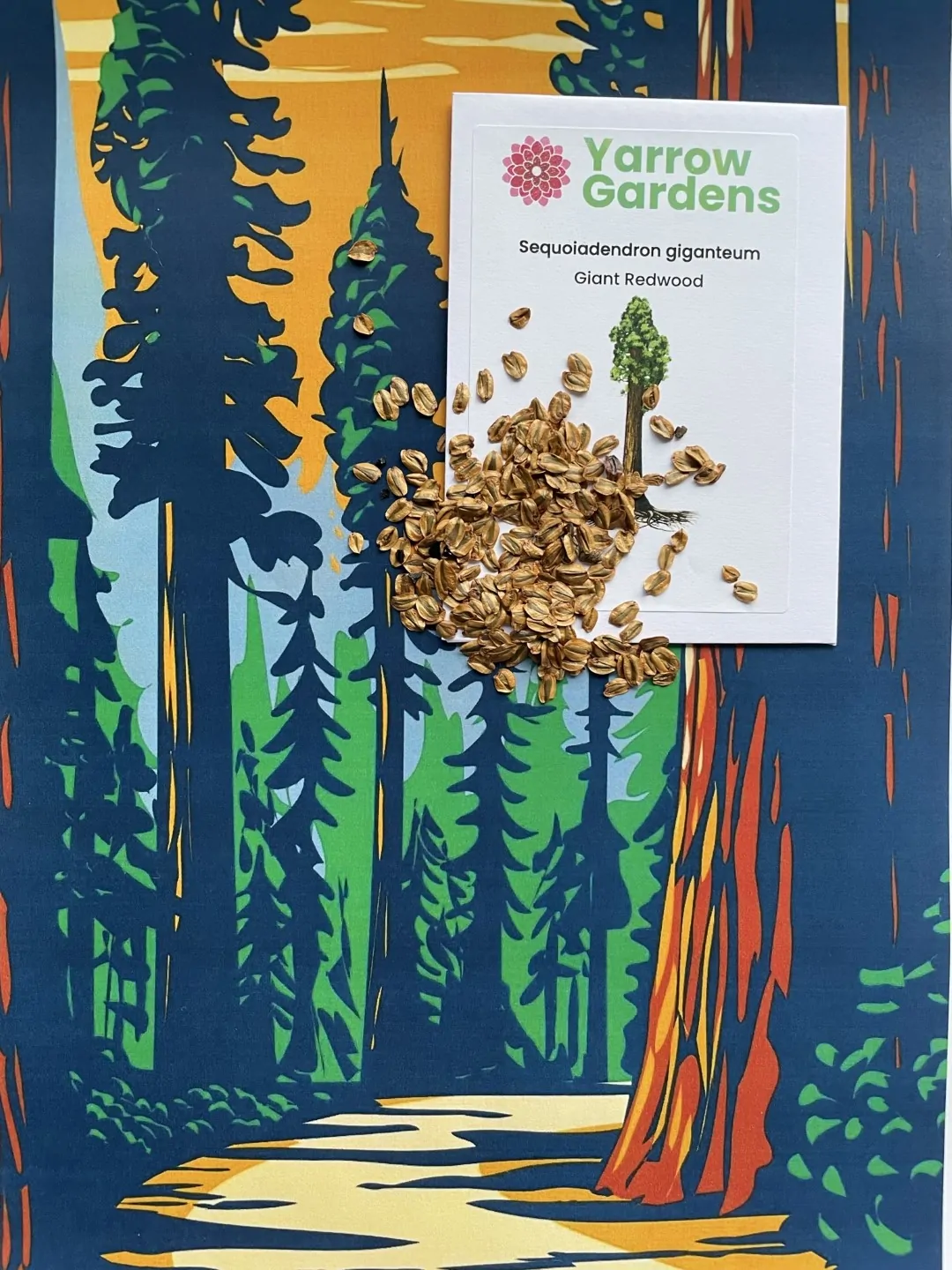
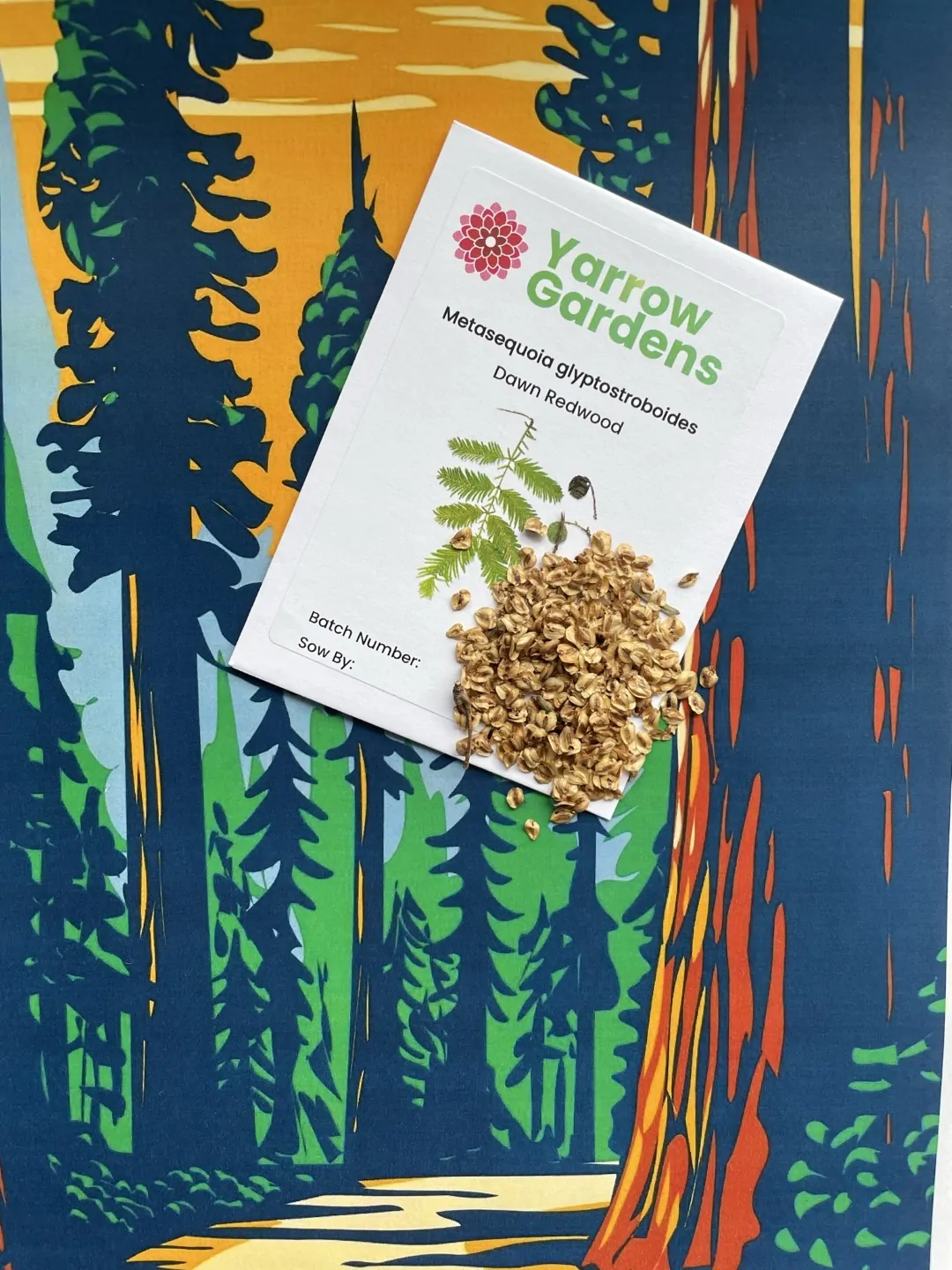

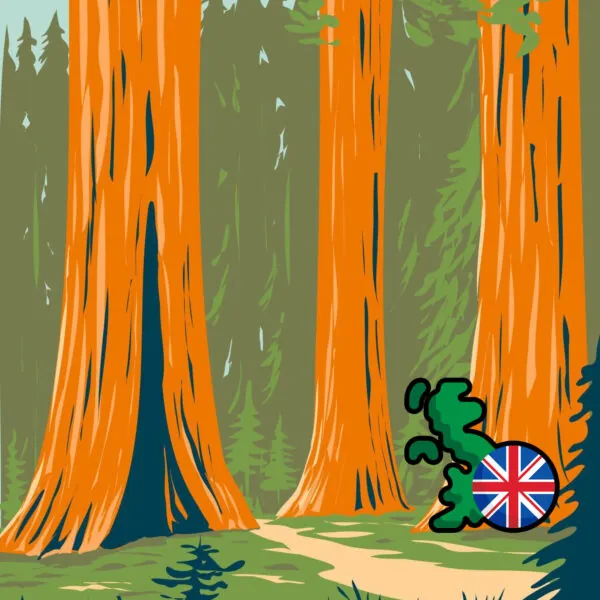
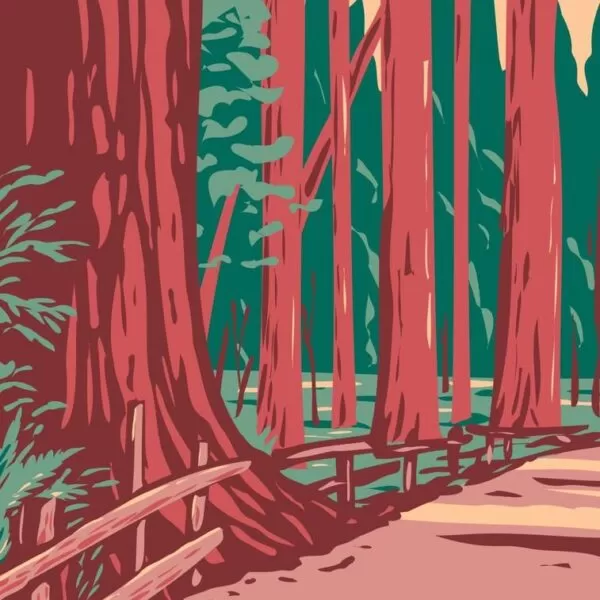
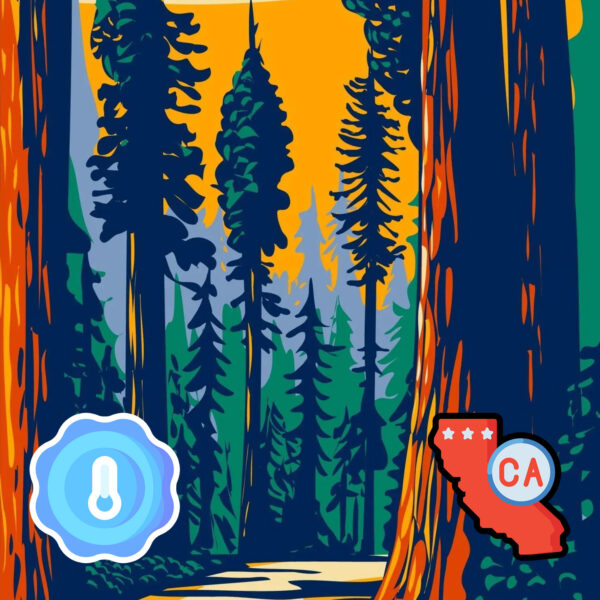
There are no reviews yet.